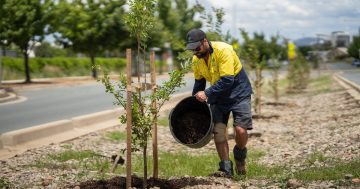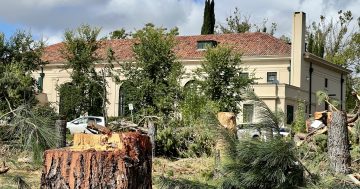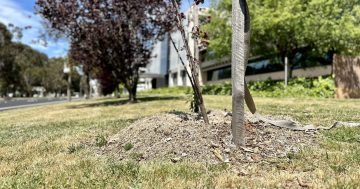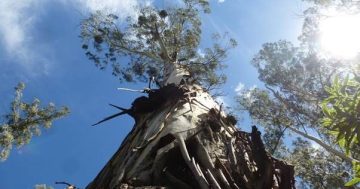
The ACT Government is considering proposed laws that would make removing trees costly. Photo: Michelle Kroll.
Homeowners who remove a tree on their property would need to plant an additional two trees or pay $600 per tree they cannot replant under proposed new laws the ACT Government has put forward.
Property developers would be subject to even stricter requirements to make up for lost canopy cover. Depending on the size and location of the tree they seek to remove, they could pay up to $14,980 for removing a tree in a high-density area.
The lowest price a developer would pay per tree would be $2410.
Contributions would be required when regulated trees are approved for removal.
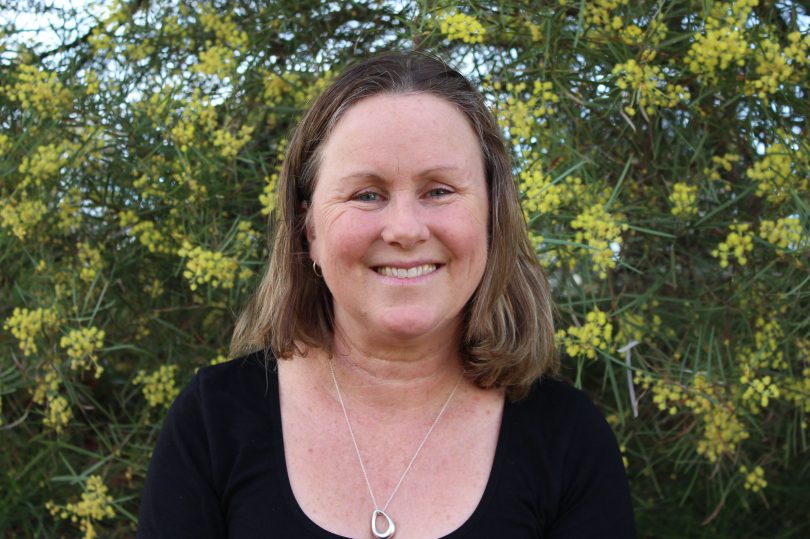
Executive director of the conservation council Helen Oakey said it’s important the new rules actually do what they are intended to do – and developers don’t simply pay the fines. Photo: File.
Executive director of the Conservation Council Helen Oakey welcomed the release of the bill, but noted the new rules must be able to deliver their intended outcomes.
“[The bill] must ensure that it’s worthwhile for developers to protect trees by reconsidering building design, otherwise we could see developers just paying the charges and replacing valuable old trees with smaller trees that will take decades to deliver the same cooling and biodiversity values,” she explained
“The legislation must also ensure that the right trees are planted in the right places – choosing trees that are resilient in the face of a changing climate will be very important over the next decades.”
The proposed laws are among others intended to protect Canberra’s trees from unsustainable development and help the ACT reach its target of 30 per cent tree canopy by 2045, Minister for Transport and City Services Chris Steel said.
“These proposed laws will help protect and grow our tree canopy to reduce the urban heat island effect, the impact of climate change and retain the leafy character of Canberra,” Mr Steel noted.
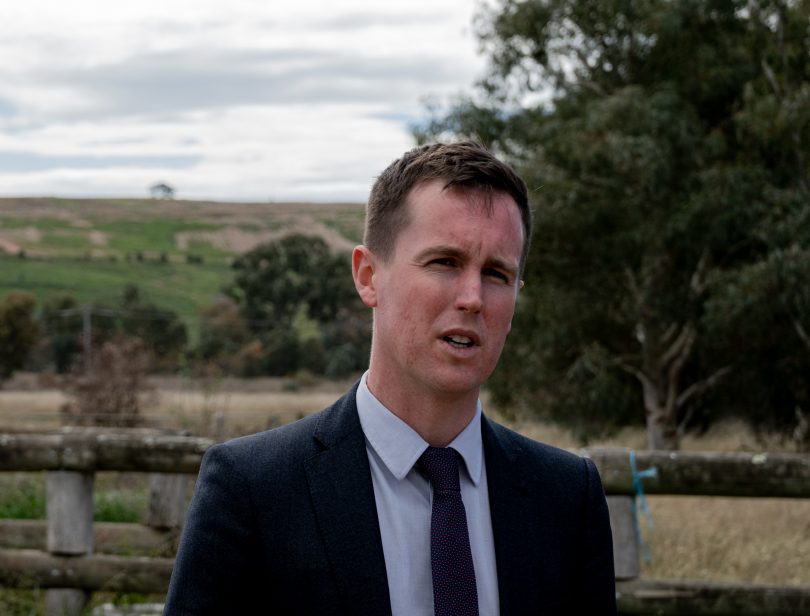
Minister for Transport and City Services Chris Steel said the proposed laws would help the government reach its 30 per cent tree canopy cover target by 2045. Photo: Region Media.
The new Urban Forest Bill 2022 would repeal and replace the Tree Protection Act 2005, which only applied to leased land, to improve tree protection on both public and private land and encourage the shared care of Canberra’s trees.
Under the proposed new laws all trees on public land will be regulated as will more trees on private land.
Privately-owned trees more than 8 m tall or wide, or with a trunk circumference of 1.4 m, would be covered under the new regulations while the current laws only cover 12 m tall or wide trees.
“Canberrans will be encouraged to keep existing trees when building new structures or consider alternative tree maintenance options that retain trees,” the government said in a statement.
The laws wouldn’t apply to dangerous trees that threaten safety.
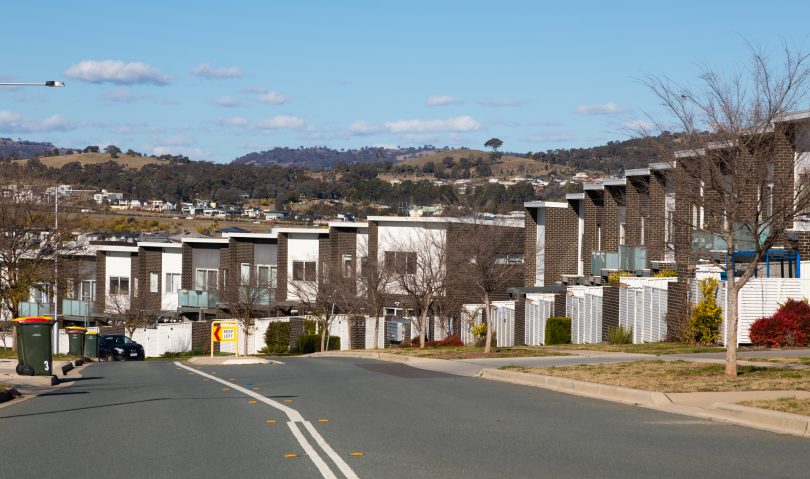
Newly developed suburbs like Coombs accounted for the largest percentage of mature tree losses per suburb between 2016 and 2020. Photo: Michelle Kroll.
The bill would also introduce a tree bond system to protect trees that could potentially be damaged by nearby development.
Developers who risk damaging trees as part of their work nearby would be required to pay the value of the tree in a bond which would be returned if no damage was sustained.
A tree protection officer would have to confirm no evidence of damage to the tree before the bond could be returned. The bond would be returned at a minimum of one year after the completion of the works.
The minimum bond amount would be whichever is greater of the tree’s calculated value or $3000. The maximum amount would be three times the tree’s value for exceptional trees and trees at high risk of damage.
“Tree bonds will also provide a strong financial message to developers that valuable trees close to a construction site must be given a high level of protection as work occurs,” Mr Steel said.
For the ACT Government to reach its 30 per cent tree canopy by 2045, an additional 450,000 trees will need to be planted.
According to a 2020 analysis, the tree canopy cover was at 22.5 per cent, and $14 million was allocated in the last budget to get the planting of tens of thousands of trees underway.
Minister for the Environment Rebecca Vassarotti last month also released a draft of the government’s Action Plan to Prevent the Loss of Mature Native Trees, which intended to slow the loss of mature urban trees due to land clearing and ensure younger planted trees can mature in the first place.
The ACT lost just over six per cent of its mature urban trees between 2015 and 2020, primarily due to land clearing. Most of these losses were attributed to developing suburbs like Coombs, Denman Prospect, Throsby, Taylor, Wright and Whitlam.
Canberrans can have their say on the draft bill through the YourSay portal. Submissions close on 2 June.












